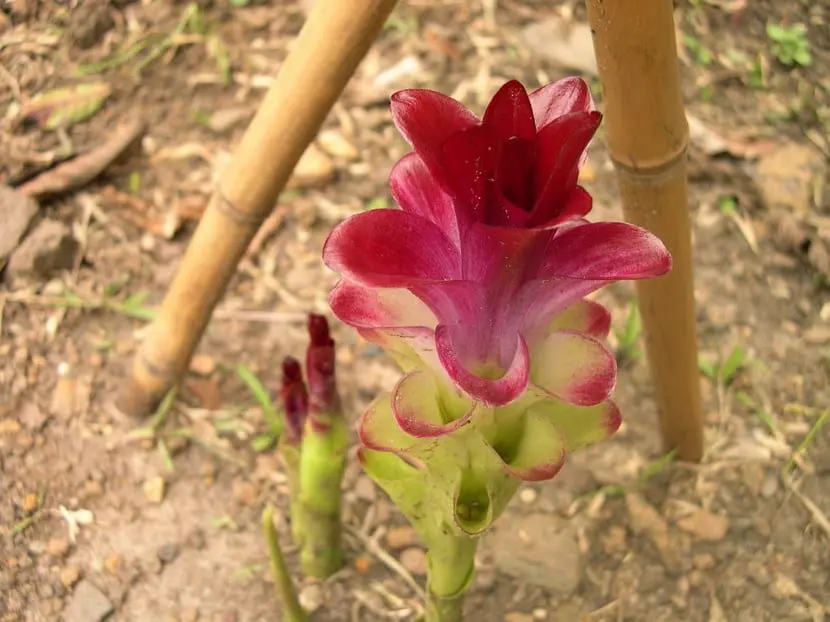Turmeric is in fashion and today it is one of the new gourmet ingredients. If you like cooking as much as plants, it’s time to grow this herb in your small garden to have a fresh product that you can turn to when you’re looking for that special touch, that unique flavor that only aromatic herbs can achieve.
Rice, fish and meat go very well with the powerful flavor of turmeric, which is spicy and fresh at the same time. This herb is one of the basic ingredients of curry, that is, the mixture of seasonings typical of Indian cuisine. They say that each family has its own curry and that is why there are so many versions so you can create your own if you have this herb in your home.
the herb with flavor

Turmeric is also known as Indian saffron, wild saffron and turmeric root, although its official name is Curcuma longa and it belongs to the Zingiberaceae family . It is a perennial herb with rhizomes that reaches 1 meter in height and is native to South Asia . Its leaves are wide and light green in color and its flowers are of various colors depending on the variety of turmeric.
Although the main rhizome is strong and fleshy, the part of the plant that is used in cooking is underground as it is the subterranean rhizome . This part of the plant has also been used for centuries for medicinal purposes.
Planting and harvesting
The cycle of the plant until the time of harvesting lasts 10 months, after sowing. You can take the little fingers of an already adult plant to form a new plant. The planting time for turmeric is from late winter to early spring.
Being a plant with a tropical or subtropical climate , the ideal is a deep and moist soil, loose, fertile and with good drainage. This plant does not support frost or soils that do not drain because, although it needs moisture, it does not tolerate waterlogging.
Turmeric harvesting takes place in autumn and once the leaves of the plant have fallen. You can help yourself with a tool to remove the rhizomes without damaging them. Once harvested, they must be boiled to remove the outer shell and then left to dry in the sun.

